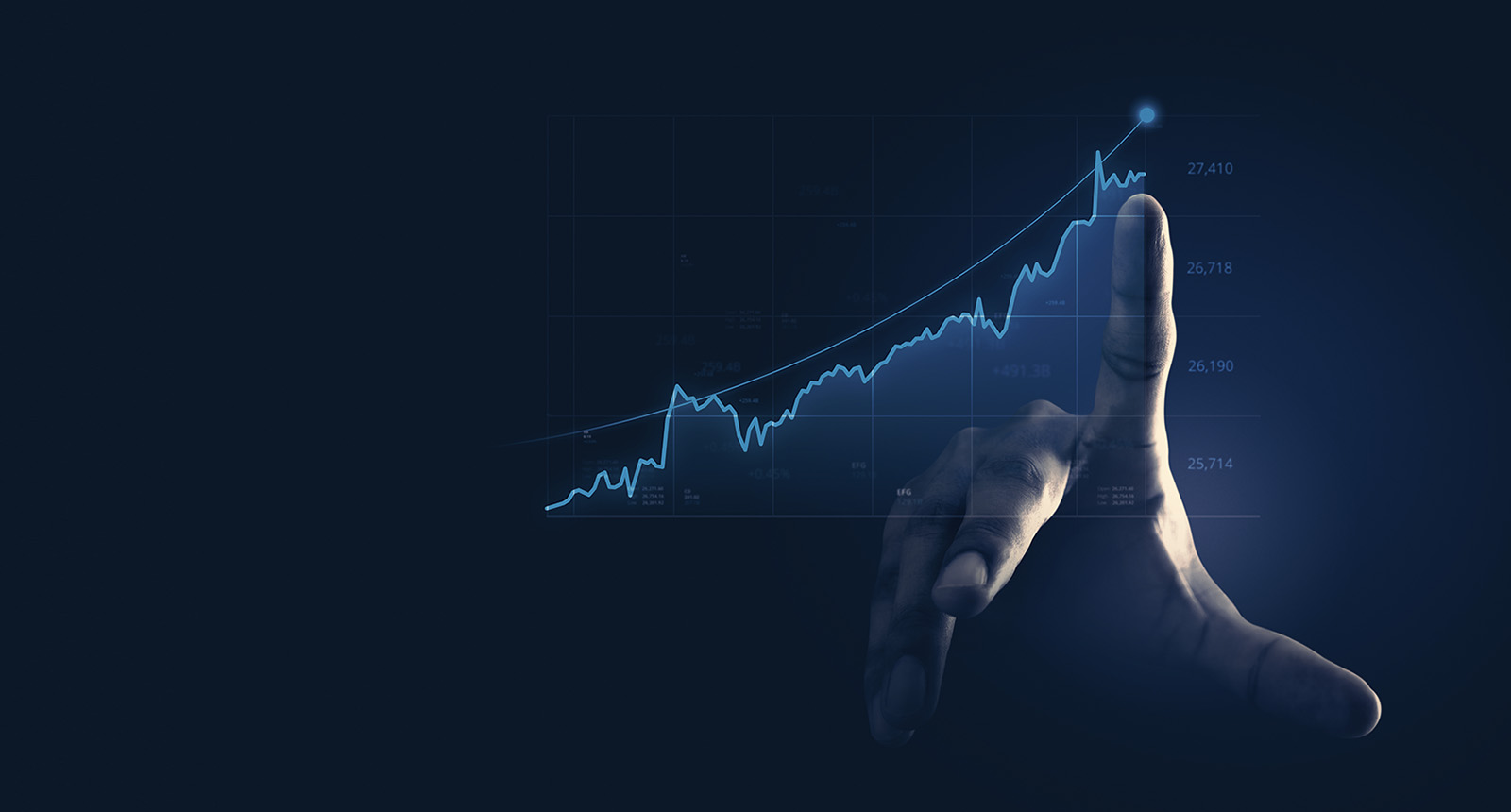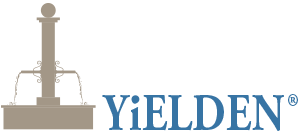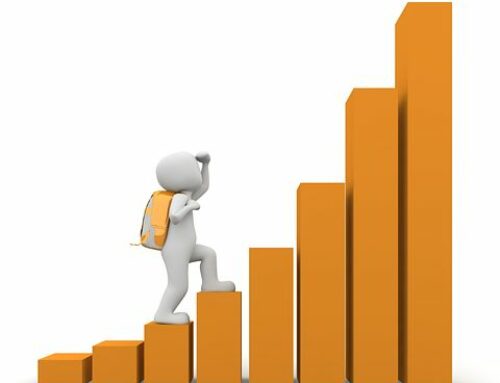Structured products are investment vehicles that combine elements of traditional securities, such as bonds and stocks, with more complex features, such as derivatives.
In this article, we will focus on the benefits of investing in structured products in the primary market rather than on the secondary market.

Benefits of investing in the Primary Market of structured products.
First, let’s define the primary and secondary markets. The primary market is where new securities are issued and sold to investors for the first time.
The secondary market is where investors buy and sell securities that have already been issued.
One benefit of investing in structured products in the primary market is that investors have the opportunity to customize the terms of the product to suit their specific investment goals and risk tolerances.
For example, an investor may be able to choose the underlying assets, the maturity date, and the payoff structure of the product. This can be particularly useful for investors who want to implement a specific investment strategy or hedge against a particular market risk.
Another benefit of investing in structured products in the primary market is that the issuer, typically a bank or financial institution, typically provides credit enhancement to the product. This means that the issuer stands behind the product and will take actions to ensure that investors receive their expected returns.
This can provide investors with additional peace of mind, especially in times of market volatility.
Investing in structured products in the primary market can also be more tax-efficient for investors. In many cases, the income and capital gains generated by structured products are taxed at more favorable rates than other types of investments, such as stocks and bonds. This can be particularly beneficial for investors in high tax brackets or those who are looking to minimize their tax liability.
Another advantage of investing in structured products in the primary market is that they can be less liquid than other types of investments.
This can be beneficial for investors who want to lock in their capital for a specific period of time, as it can be more difficult to sell structured products on the secondary market.
This reduced liquidity can also help to reduce volatility and provide a more stable investment environment.
There are also potential drawbacks to investing in structured products in the primary market. One risk is that the issuer may not be able to fulfill its obligations under the product. This can occur if the issuer experiences financial difficulties or if the underlying assets perform poorly.
In summary, investing in structured products in the primary market can provide investors with the opportunity to customize the terms of the product to suit their specific investment goals and risk tolerances, credit enhancement from the issuer, tax advantages, and reduced liquidity.
Get Started with YiELDEN




